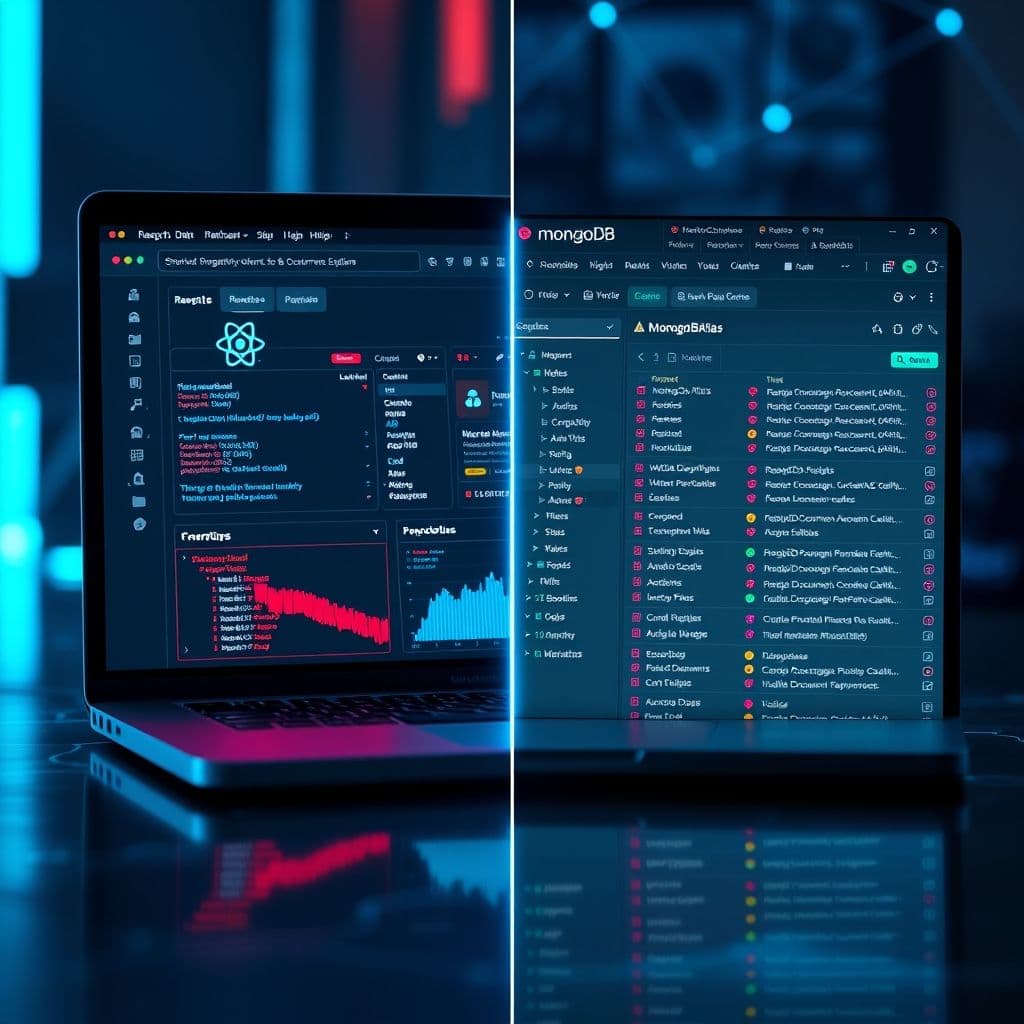How to Become a Full Stack Web Developer: A Step-by-Step Guide

Becoming a Full Stack Web Developer is an exciting journey that opens doors to countless opportunities in the tech industry. This role requires proficiency in both front-end and back-end technologies, allowing you to build complete web applications from scratch. Whether you're a beginner or looking to upskill, this guide will walk you through the essential steps to master full stack development. View original learning path
Step 1: Learn HTML, CSS, and JavaScript
The foundation of web development starts with HTML, CSS, and JavaScript. HTML (HyperText Markup Language) structures your web pages, CSS (Cascading Style Sheets) styles them, and JavaScript adds interactivity. Begin by creating simple static websites to practice these core technologies. For example, build a personal portfolio page using HTML and CSS, then enhance it with JavaScript animations or form validations.

Step 2: Understand Front-End Frameworks
Once comfortable with vanilla JavaScript, explore front-end frameworks like React, Angular, or Vue.js. These tools help you build dynamic, single-page applications efficiently. React, for instance, is widely used for its component-based architecture. Try recreating your portfolio using React to understand state management and reusable components.
Step 3: Learn Back-End Technologies
Back-end development involves server-side logic, databases, and APIs. Start with Node.js and Express.js for JavaScript-based back-ends, or explore Django (Python) and Ruby on Rails. Build a simple REST API that serves data to your front-end. For example, create a to-do app where the front-end (React) fetches tasks from a Node.js API.
Step 4: Understand Databases
Databases store your application's data. Learn SQL (e.g., PostgreSQL, MySQL) for relational databases and MongoDB for NoSQL. Firebase is another great option for real-time data. Practice by integrating a database into your to-do app—store tasks in MongoDB and retrieve them via your API.

Step 5: Learn Version Control
Git and GitHub are essential for collaboration and code management. Learn basic Git commands (commit, push, pull) and GitHub workflows (branches, pull requests). Host your projects on GitHub to showcase your work and contribute to open-source projects.
Step 6: Master Front-End Development
Deepen your front-end skills with responsive design (CSS Grid, Flexbox), UI/UX principles, and testing (Jest, Cypress). Build a responsive e-commerce site that works flawlessly on mobile and desktop. Use Figma to prototype designs before coding.
Step 7: Master Back-End Development
Focus on API development (REST, GraphQL), authentication (JWT, OAuth), and server management. Create a secure login system for your app using JWT. Learn about middleware, error handling, and API documentation (Swagger).
Step 8: Learn Deployment and DevOps
Deploy your apps using cloud platforms (AWS, Azure) or Vercel/Netlify for front-ends. Explore Docker for containerization and CI/CD pipelines (GitHub Actions). Deploy your to-do app on Heroku or AWS and automate deployments.

Step 9: Gain Experience with Full Stack Projects
Combine all your skills to build a full stack project—like a blog with user authentication, CRUD operations, and comments. Integrate a front-end (React), back-end (Node.js), and database (MongoDB). This showcases your ability to handle the entire development cycle.
Step 10: Stay Updated with New Technologies
Web development evolves rapidly. Follow industry blogs (Dev.to, CSS-Tricks), join communities (GitHub, Stack Overflow), and experiment with new tools (Next.js, Svelte). Dedicate time weekly to learning—try a new library or contribute to open-source.
Conclusion
Becoming a Full Stack Web Developer is a rewarding journey that combines creativity and technical skills. By mastering both front-end and back-end technologies, you'll be equipped to build powerful, scalable applications. Start small, practice consistently, and gradually tackle more complex projects.
Frequently Asked Questions
- How long does it take to become a Full Stack Developer?
- With consistent practice, you can gain proficiency in 6-12 months. Focus on building projects to solidify your skills.
- Should I learn multiple front-end frameworks?
- Start with one (like React) and master it. Once comfortable, explore others to understand their differences.
- Is a computer science degree necessary?
- No! Many developers are self-taught or use online resources. Build a strong portfolio to showcase your skills.





